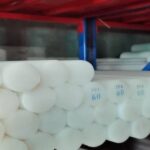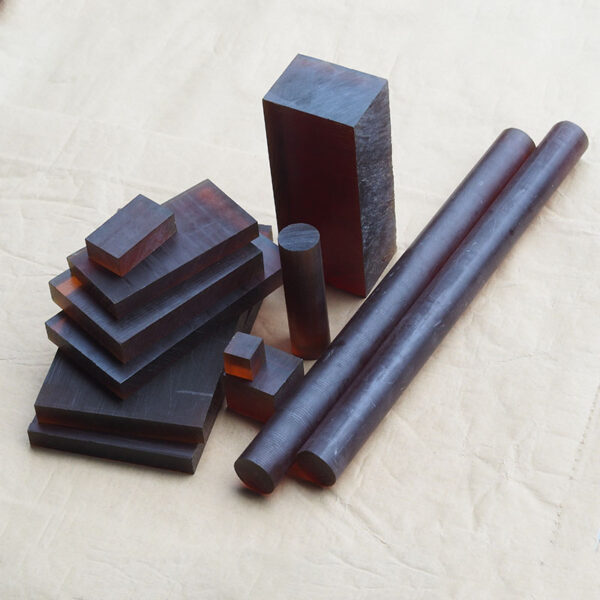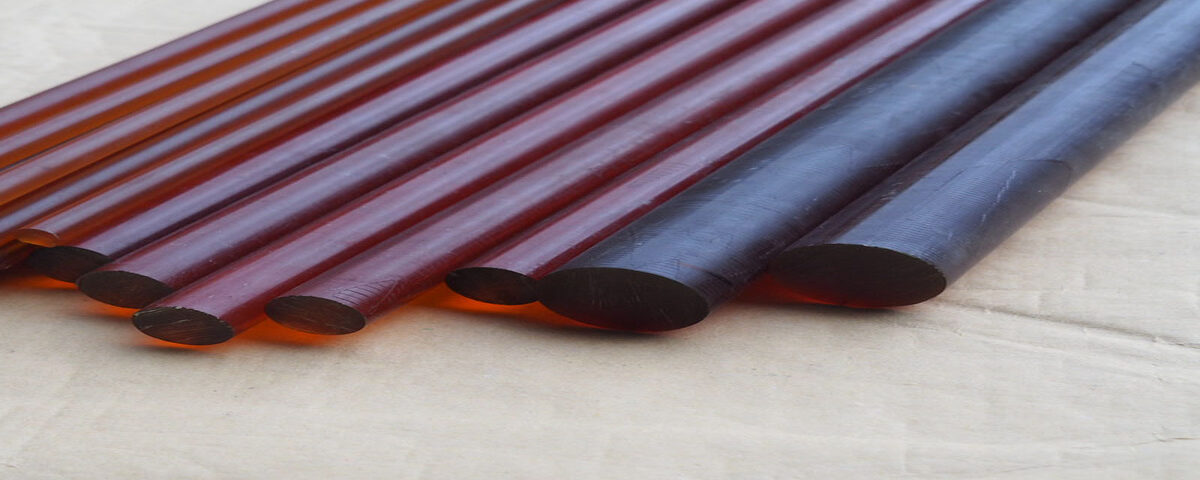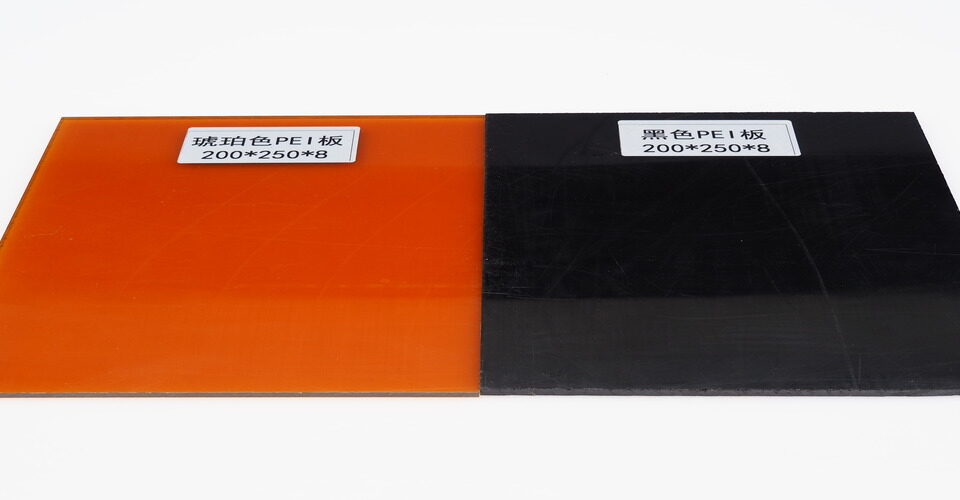
Difference b/w PP and PPSU Plastic
November 15, 2024
What is PFA Polymer Used For?
November 15, 2024Polyetherimide (PEI) is a high-performance thermoplastic known for its excellent mechanical properties, high strength, and thermal stability. But just how strong is PEI compared to other engineering plastics? Let’s break it down.
What is PEI Plastic?
PEI is a polymer made from the polymerization of bisphenol A (BPA) and 2,2′-dimethylbenzidine. It is part of the polyimide family of thermoplastics, which are known for their strength and heat resistance. PEI has a high glass transition temperature, which allows it to maintain its mechanical properties even at elevated temperatures, making it a preferred choice in demanding applications.

Mechanical Strength of PEI
PEI is known for its impressive mechanical strength, which includes high tensile strength, excellent impact resistance, and good rigidity. Its tensile strength can reach up to 18,000 psi (124 MPa), which is much higher than many other common engineering plastics like polyethylene (PE) and polypropylene (PP). This strength makes PEI an ideal choice for structural applications in aerospace, automotive, and electronics.
Thermal Resistance and Stability
One of the key features of PEI is its ability to perform well at high temperatures. It has a high melting point of approximately 343°C (649°F), and its glass transition temperature is around 217°C (423°F). This means PEI remains stable and retains its strength in environments where other plastics might degrade.
Conclusion
PEI is considered one of the strongest thermoplastics, particularly when it comes to maintaining strength at high temperatures and under mechanical stress. Its combination of high tensile strength, impact resistance, and thermal stability makes it a top choice for specialized, high-performance applications.






